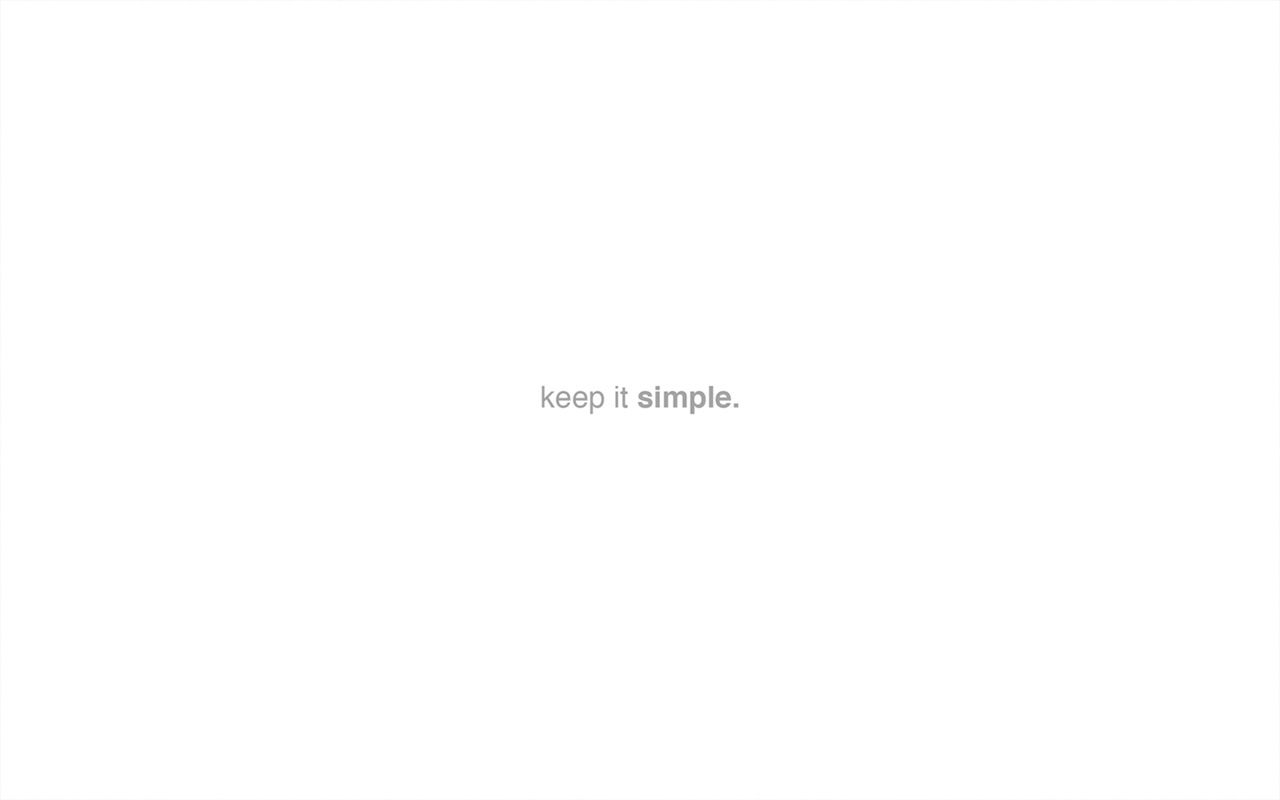
Most of the fans I talked to in Cincinnati cited the film as their conversion moment to minimalism. In 2016, their documentary about minimalist practices across the country was picked up by Netflix. The Minimalists self-published books and accrued millions of podcast listeners. Both had enjoyed six-figure salaries in technology marketing, but amid mounting debt and addiction problems, they hit the reset button, turning to blogging instead – blogging about how they got rid of everything and started over. We had come to see a pair of ebullient bloggers named Joshua Fields Millburn and Ryan Nicodemus, who started calling themselves the Minimalists in 2010. I met Andersen in 2017 in Cincinnati, where we were both attending a lecture on minimalism held at a local concert venue. “It’s a meditative thing, almost like repeating a mantra.” “You don’t have to want things,” she said.


She felt consumerism’s spell over her had been broken. Andersen felt a weight being released that went beyond the absence of clutter. Without buying new stuff, the couple had enough money to pay off their bills and Shane’s student loans. She removed everything from the walls of her home, cleared every surface and installed furniture made of light pinewood so that the rooms glowed in the sun. Find more purpose.” The trend wasn’t as subtle as its name suggested minimalism was a brand to identify with as much as a way of coping with mess.Īndersen bought the minimalist books and listened to the podcasts. Next to the products were monochromatic memes with slogans such as “Own less stuff. Certain hallmarks of minimalist imagery emerged: clean white subway tiles, furniture in the style of Scandinavian midcentury modern, and clothing made of organic fabrics from brands that promised you would only ever need to buy one of each piece. This style was displayed primarily on Instagram and Pinterest. What the bloggers collectively called minimalism amounted to a kind of enlightened simplicity, a moral message combined with a particularly austere visual style. The principal commandment of Kondoism was to abandon anything that didn’t “spark joy” – a phrase that soon became familiar around the world. Presiding over them was Marie Kondo, a Japanese cleaning guru whose books were becoming international bestsellers. The advice gained them large followings and they began soliciting donations or selling books. After jettisoning as much as they possibly could, the bloggers showed off their emptied apartments and shared the strategies they used to own no more than 100 objects. In fact, it was entrapping them, and they needed to find a new relationship with their possessions – usually by throwing most of them out. Buying more had failed to make them happier. The minimalist bloggers were men and women who, like her, had an epiphany that came from a personal crisis of consumerism. The search turned up blogs about “minimalism”: a lifestyle of living with less and being happy with, and more aware of, what you already own. As she began to acquire more and more stuff and more and more debt, she began to feel as if she was falling into the pattern set by her mother. Each new purchase brought a small dopamine rush that faded as soon as the thing was out of its box and taking up space. She wanted to be like the people in adverts, with their immaculate stage-set living rooms. Clutter was creeping back in, she realised, even though this time she thought she was fully in control.Īndersen wanted all the things she had lacked in childhood, the comforts her colleagues and neighbours enjoyed. But the anxiety over her oppressive surroundings at home never left.

Over time, her career took her to Alaska and then to Ohio, where she now lives with her husband, Shane, and works as an aerospace physiology technician. At 17, she left home, joined the air force and moved to New Mexico.
#Minimalist definition for free#
Anything her mother could get for free or cheap, she would bring into the house and leave there.Īs a child, Andersen kept her own space under control, but, beyond her bedroom door, the mess persisted.

An avalanche of pots and pans spilled all over the kitchen counters and floor. Furniture that Andersen’s well-meaning grandmother found on the street accumulated. On the kitchen table there were piles of clothes stacked all the way to the ceiling, things they would get for free from churches or charities. It might have been grief over the lost marriage that caused it, or maybe it was a habit that had grown worse as her mother’s dependence on drugs and alcohol intensified. Then she realised she was living with a hoarder. Her parents split when she was eight years old and she moved to Colorado Springs with her mother. S onrisa Andersen’s childhood home was a mess.


 0 kommentar(er)
0 kommentar(er)
